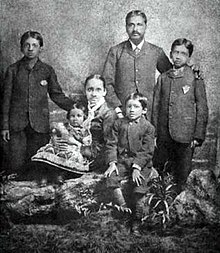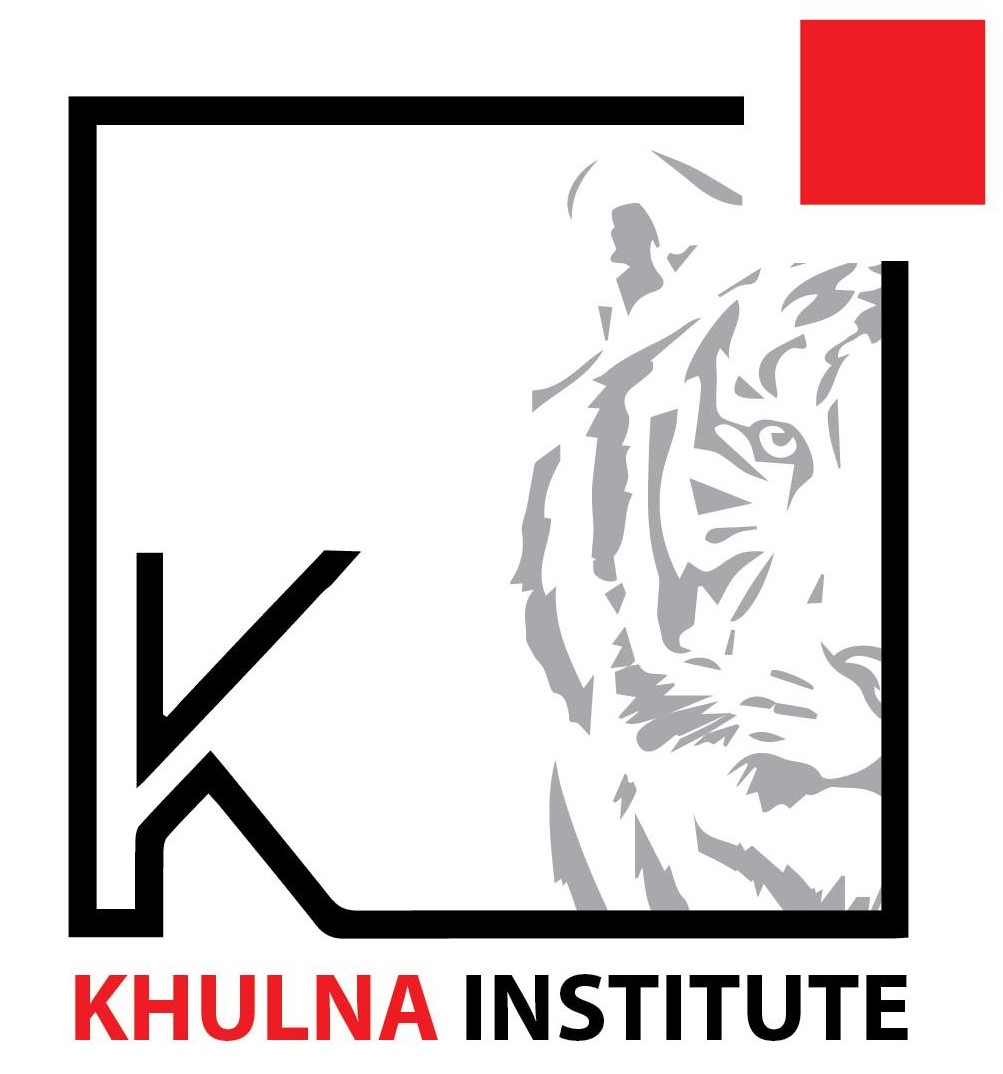Origin of place names
Determining the significance of naming a place is an important factor in the study of history. Behind the name of any place there are specific historical and cultural reasons. Numbers of roads, terminals, parks and lakes are in Khulna city and they have different names. There are hidden history in their naming. On this page we will learn about the history of their naming in Khulna city.
KD Ghosh Road
KD Ghosh is the oldest road in the Khulna city. All important administrative offices are located along this road. These buildings had been built as soon as the Khulan was declared as a district. These included District Magistrate's Office, Criminal and Civil Court building, Khulna Zilla School, Khulna Circuit House, Khulna Forest Office, Post Office, Deputy Commissioner's Residence, District Judge and Senior Police Officers residences. All of them are located on the side of the road. As far as is known, this is the first paved road in the Khulna city. Mahendra Ghosh, the Chairman of Khulna Municipality took the initiative to pave this road. At first it had no name. Later it was named KD Ghosh Road. This KD Ghosh or Krishnadhan Ghosh (1844-1892) was the Civil Surgeon of Khulna Hospital and the second chairman of the Khulna municipality. Gagan Chandra Dutta was the first chairman of Khulna Municipality. He was succeeded by KD Ghosh as the Chairman of Khulna Municipality on 6 January 182. He was in this position until his death. He had one more identity. He was the father of the famous Indian philosopher, Indian nationalist Sri Aurobindo Ghosh. KD Ghosh had a great contribution in the development of Khulna city in the first phase. He was one of the original founders of the Khulna city.

Source: Wikipedia
Dr. KD Ghosh with his wife Swarnalatha Devi and four children (left to right) Barindra Kumar Ghosh (12 years old), Sarojini (3 years old), Sri Aurobindo Ghosh (7 years old) and Manmohan Ghose (10 years old).
Clay Road
The road from Dakbangla Junction to Delta Ghat in the Khulna city is called Clay Road. This road named after Mr. W. N. Clay who was the first District Magistrate of Khulna. After the establishment of Khulna district in 1882, an autonomous body called 'District Estate Committee' was born in that year for overseeing the construction of the city. Mr. Clay also became the chairman of this committee. He held this post till 1887. When the district board was formed in 1895, he also got the post of chairman. Mr. Clay played a pioneering role in adopting and implementing the development plan of the newly formed district. During his stay in Khulna he wrote a book in English entitled ‘Notes on the Muhasin Endowment and the Syedpur Trust’. This book on the Zamindari of Danbir Muhsin is still preserved in the Khulna Collector Office. The people of Khulna did not forget his contribution. Clay Road in the city still bears his memory. Clay Tank and Clay Garden were named after him. Clay tank was a major source of drinking water in the city. Next to it there was a garden also named after him. It was a beautiful flower garden. But all these are memories. Only Clay Road still carries his legacy.
West Mack Road
The road in Khulna Barabazar is known as West Mack Road. We have seen that naming streets after the names of dignitaries or high ranking officers was a common practice in British India. Clay Road is named after a street in the city named after the first District Magistrate D. M. W. Clay, Gagan Babu Road was named with Gagan Chandra Dutt, the first chairman of the municipality. That's how the name West Mack Road was came up with. Mr. West Mack was one of the earlier Sub Divisional Officers (SDOs) of Khulna. The road has been named after him.
Gagan Babu Road
The city's Gagan Babu Road is named after Gagan Chandra Dutt. He was the first chairman of Khulna municipality. This municipality was formed in 1884 and he became the first chairman. On 13 December of that year, at the meeting of the commissioners appointed by the Nagar Panchayat, Gaganchandra Dutt was elected the first chairman of the municipality on the proposal of Harkali Mukherjee and with 8 votes in favor of Khargeshwar Basu. He was later elected chairman once again. Gagan Dutt's contribution to the planning and implementation of various development activities of the newly formed municipality. He had another identity. He was a Bengali Christian. His contribution to the propagation of Christianity in the Khulna region was not less. The Baptist Mission was established in Khulna in 1860 and in 1867 Gagan Dutt was sent as a missionary. Thus the people of Khulna are grateful to him for his various public works. The above road is named after him and it still bears his memory.
Beni Babu Road
The link road from Cemetery Road in Khulna city next to BK School and merging with Sir Iqbal Road on the east side is known as Beni Babu Road. This road is named after Benibhushan Roy Chowdhury, a prominent political leader of Khulna during the British rule. He was a lawyer by profession. However, he is better known as a politician. After 1905, when the Swadeshi movement started all over India, Beni Babu was one of those who participated into the anti-British movement in Khulna region. In the same year, he led the delegation from Khulna to the conference held at Calcutta Town Hall under the leadership of Surendranath Bandyopadhyay.He was later the chairman of the reception committee of the political conference organized by the Khulna Congress. There was a deep friendship with Sri Aurobindo Ghosh. In 1909, Sri Aurobindo Ghosh came to Khulna for the last time and stayed at his house. Many public welfare organizations in Khulna are rich in his contribution. Among them Prafulla Chandra Unpaid School, Umesh Chandra Public Library are notable. Beni Babu Road has been named after this Beni Bhushan Roy Chowdhury. It is said that Bankim Roy (better known as Bara Babu), son of Beni Bhushan Roy Chowdhury, was the first to import bicycles in Khulna.
./PC Road
The road connecting Lower Jessore Road and KD Ghosh Road on the west side of Hadish Park is called PC Road. This road has been named after Acharya Prafulla Chandra Ray, one of the best Bengali scientists in the world. He was a child of Khulna. He was born on 2 August 1861 in the village of Raruli Kathipara in Khulna district. Acharya Sir Prafulla Chandra Ray was a renowned Bengali chemist, teacher, philosopher and poet. He is the founder of Bengal Chemicals and the inventor of Mercury Nitrate. He was also a local industrialist. He not only confined himself to the pursuit of science - he also thought of India's independence. Besides, he was also vigilant in trying to establish himself as a Bengali. This road in Khulna city is blessed to bear the name of PC Ray. Two more institutions were formed in Khulna city with his name, Prafulla Chandra Cotton Mill (1931) and Prafulla Chandra Girls School (APC Girls School). Prafulla Chandra Free Girls' School was established in 1930 under the leadership of the Congress which he himself inaugurated.
Ahsan Ahmed Road
Ahsan Ahmed was the first Muslim district magistrate and collector of Khulna district. He joined the post in 1903. He has held the post twice in a row. 1903 to 1905 and 1906 to 1908. He was an efficient administrator. Khulna improved a lot in his hands. To everyone he was a legendary figure. He is said to have visited the town and surrounding villages on horseback. His greatest task was to preserve the antiquities of the region. He was instrumental in the enactment of the Antiquities Act by Lord Curzon. As a result of this law, the historical monuments of the country got a chance to be saved from extinction. He will live in the minds of the people of Khulna through his many charitable works. The former Sardababu Road has been renamed Ahsan Ahmed Road to commemorate his memory. He was a barrister. His classmate at Oxford was Lord Curzon. It was Lord Curzon who brought him into administration in spite of a lawyer (Source: Abdul Wahab Siddiqui: First Muslim Collector of Khulna, Sundarbans-1960, Annual Memorandum of the Khulna Association 1980, pages 3 and 4). From 1882 to 1947 all district magistrates were English or non-Muslim Indians. Ahsan Ahmed is the first Bengali Muslim Deputy Commissioner of Khulna.
Samsur Rahman Road
This road is named after Samsur Rahman, a prominent leader of the Khulna Muslim community. In 1921 he was elected Vice Chairman of the Khulna District Board. They were initially nominated by the government after the formation of the district board. Naladhar zamindar Ray Bahadur Amritlal Raha was the first elected chairman of the Khulna District Board. Later, Ray Bahadur Jatindranath Ghosh became the chairman. Samsur Rahman was elected vice chairman during his time. He was its first Muslim vice chairman. His great achievement is 'Khulna District Mohammedan Association'. He was also the founder of the Khulna branch of the Muslim League. In recognition of his philanthropic work, the then government conferred on him the title of Khan Bahadur. Formerly this road was called B Dhy Road. This B Dhy was the third district magistrate of Khulna. He held this post in Khulna from 1889 to 1893. To commemorate the memory of Samasur Rahman, B Dhy Road was renamed Samsur Rahman Road after his death.
